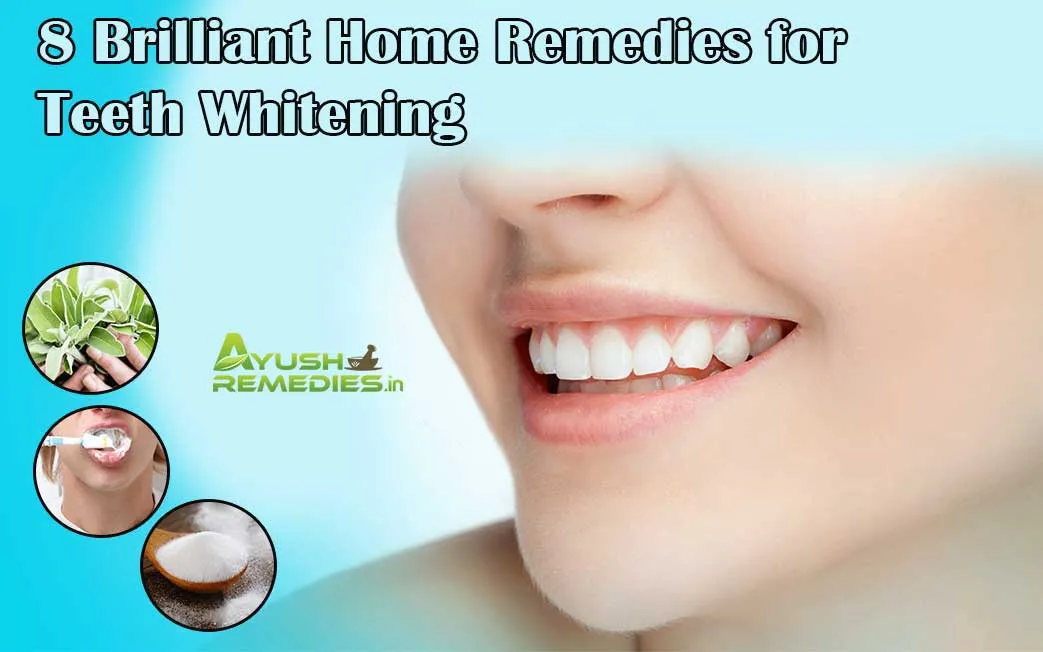Understanding Overnight Teeth Whitening
Achieving a brighter smile is a common goal, and the concept of overnight teeth whitening using home remedies has gained significant popularity. This approach offers the allure of noticeable results with minimal effort, fitting seamlessly into busy schedules. However, it’s crucial to approach these methods with a clear understanding of their effectiveness, potential risks, and the science behind them. Overnight teeth whitening involves applying or using specific ingredients or techniques before bed, allowing them to work while you sleep. This contrasts with daytime methods, which often require more frequent application or longer exposure times. The appeal lies in the convenience and the potential for a quick transformation. Nonetheless, understanding the nuances is essential for safe and effective results.
The Science Behind Overnight Whitening
The effectiveness of overnight teeth whitening largely depends on the active ingredients’ ability to penetrate the enamel and break down stains. Stains on teeth are caused by a buildup of pigments from food, drinks, and other substances. Whitening agents, such as hydrogen peroxide or similar compounds, work by oxidation. This process breaks down the stain molecules, making them less visible and thus, whitening the teeth. The concentration of the active ingredients and the duration of exposure play critical roles in the whitening process. Overnight treatments, due to the extended contact time, can potentially offer more profound results. It’s worth noting, that the effectiveness can vary based on the type and intensity of stains, the individual’s oral health, and the specific method used. Therefore, understanding the science helps manage expectations and make informed choices.
Benefits of Overnight Teeth Whitening
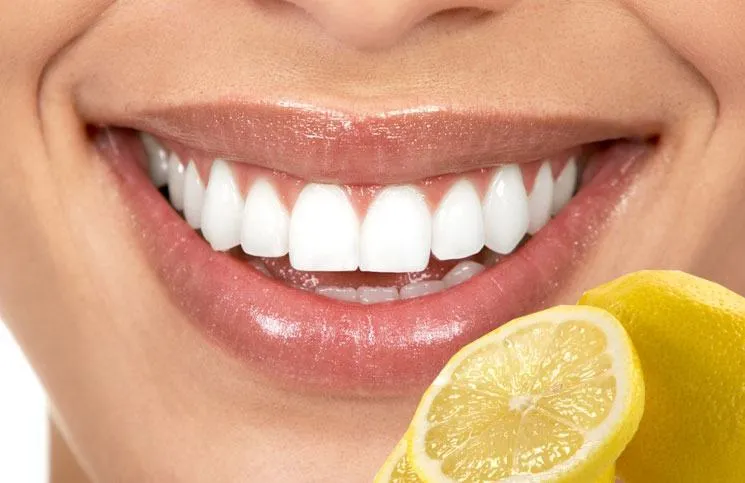
One of the primary benefits of overnight teeth whitening is convenience. The method integrates easily into daily routines. By applying a treatment before bed, individuals can avoid the need for daytime applications and the associated inconvenience. Furthermore, overnight treatments can be more effective than some daytime methods, offering the potential for more significant results. The extended contact time allows active ingredients to work more thoroughly on the teeth. Another benefit is the potential cost-effectiveness of home remedies. Compared to professional teeth whitening procedures, overnight home treatments can be more budget-friendly. With proper research and precautions, many of these methods offer a safe way to enhance your smile from the comfort of your home. Always make sure to consider any risks and contraindications before starting a new teeth whitening regiment.
Top Overnight Teeth Whitening Remedies
Baking Soda and Hydrogen Peroxide
Baking soda and hydrogen peroxide represent a classic combination in home teeth whitening. Baking soda acts as a mild abrasive, helping to scrub away surface stains. Hydrogen peroxide is a bleaching agent that penetrates the enamel to lighten the color of the teeth. When used together, they create a powerful cleaning action. However, it is critical to use them carefully to avoid damaging the enamel. This combination is effective against stains caused by coffee, tea, and other common culprits. It’s important to start with a low concentration of hydrogen peroxide and to monitor the effects on your teeth. Always consider the amount of time the solution stays on your teeth, to prevent any potential for enamel damage.
How to Use Baking Soda and Hydrogen Peroxide
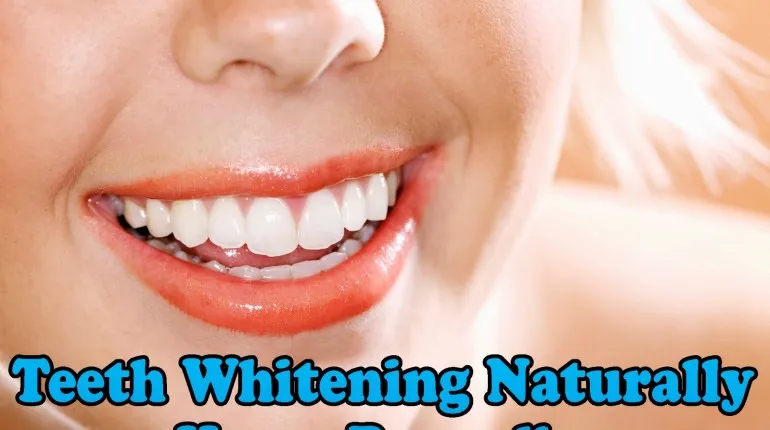
To use baking soda and hydrogen peroxide for overnight teeth whitening, create a paste by mixing one tablespoon of baking soda with two tablespoons of hydrogen peroxide. Gently brush your teeth with this paste for about two minutes, ensuring you reach all surfaces. After brushing, rinse your mouth thoroughly with water. It’s advisable to use this method a maximum of once or twice a week, to minimize the risk of enamel erosion. Alternatively, you can apply the paste to your teeth and leave it on overnight. However, it is important to ensure the paste does not irritate your gums. Consider your tolerance and dental sensitivity before committing to this method.
Safety Considerations
While baking soda and hydrogen peroxide can be effective, they also come with safety considerations. Excessive use of baking soda can erode enamel, leading to increased tooth sensitivity. Hydrogen peroxide, if used in high concentrations, can irritate the gums. It’s crucial to use a low concentration of hydrogen peroxide, typically 3%. It is crucial to monitor your teeth for any signs of sensitivity or damage. If you experience any discomfort, discontinue use immediately and consult your dentist. Always start with a patch test to ensure you do not have any allergic reactions to the ingredients. Proper oral hygiene practices remain essential to maintain optimal dental health.
Coconut Oil Pulling
Coconut oil pulling is an ancient Ayurvedic practice that involves swishing coconut oil in your mouth for an extended period. It’s believed to remove bacteria and toxins, which can contribute to teeth staining. While the direct whitening effect of coconut oil is less potent than that of hydrogen peroxide, it can help remove plaque and bacteria, thus contributing to a brighter smile. The lauric acid in coconut oil also possesses antimicrobial properties, which helps combat the buildup of bacteria. This approach is gentle and has the added benefit of improving overall oral health. It is important to acknowledge that coconut oil pulling is not a quick fix, and the results are typically more gradual than with other whitening methods.
How to Perform Coconut Oil Pulling
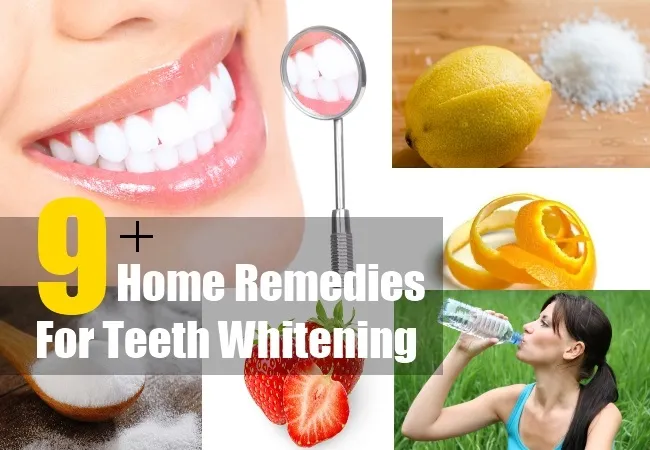
To perform coconut oil pulling, take about one to two tablespoons of coconut oil, place it in your mouth, and swish it around for 15–20 minutes. Ensure that you do not swallow the oil, as it will contain toxins and bacteria that have been drawn from your mouth. Spit the oil into the trash can to avoid clogging your pipes. After spitting, rinse your mouth with water and brush your teeth as usual. For overnight treatment, swishing before bed is the most practical option. The best results come from consistent practice. Incorporate this method into your daily routine to maximize its benefits. If you are not comfortable with the full duration, start with shorter sessions and gradually increase the time.
Benefits of Coconut Oil for Teeth
Coconut oil offers several benefits for teeth beyond just whitening. Its antimicrobial properties help reduce the bacteria that cause plaque, gingivitis, and bad breath. It helps in reducing inflammation in the gums, and promotes healthy oral tissues. By removing bacteria, it contributes to a cleaner mouth and fresher breath. Coconut oil also provides a protective layer on the teeth. This helps to prevent stains from adhering. Many people find the process soothing, contributing to improved oral health. The overall effect is a healthier, cleaner mouth that enhances your smile’s natural brightness. Always consult with your dentist to determine if it is a good fit for you.
Turmeric Paste
Turmeric, a vibrant yellow spice, has gained popularity for its potential teeth-whitening properties. It contains curcumin, a compound with anti-inflammatory and antioxidant effects. Some users have reported noticing their teeth becoming brighter over time, though the results may vary. Unlike harsh chemicals, turmeric offers a gentler approach, making it appealing to those seeking natural remedies. It’s important to note that the whitening effect is not as dramatic as with other methods, and it primarily helps to remove surface stains. Consistency is key, as regular use will yield better results.
How to Make and Use Turmeric Paste

To make a turmeric paste for teeth whitening, mix turmeric powder with water to create a thick paste. You can also add a small amount of coconut oil for added benefits. Apply the paste to your teeth, ensuring that all surfaces are covered. Leave the paste on for about 5–10 minutes, and then rinse thoroughly. Brush your teeth afterward to remove any yellow residue. Some individuals leave the paste on overnight. However, this is generally not recommended due to the potential for staining. You can integrate this method into your oral hygiene routine, using it a few times a week to achieve desired results. Monitor the effects and adjust frequency as needed.
Precautions and Potential Staining
While turmeric is generally safe, it does have some precautions to consider. One of the primary concerns is the potential for staining, as turmeric can leave a yellow hue on your teeth if not used correctly. It’s important to rinse thoroughly and brush your teeth immediately after use to mitigate this risk. People with dental work, like veneers or fillings, should be particularly cautious, as turmeric may stain these materials. Another consideration is the quality of turmeric. Ensure you use high-quality turmeric powder to minimize the risk of any unwanted substances. If you experience any sensitivity or discoloration, discontinue use and consult with your dentist.
Lemon Juice and Baking Soda
Lemon juice and baking soda is another popular combination for teeth whitening. Lemon juice, being a citrus acid, acts as a bleaching agent, and baking soda is a mild abrasive. This combination offers the potential for significant whitening. However, it also comes with significant risks. The acidity of lemon juice can erode tooth enamel, leading to increased sensitivity and long-term dental problems. The abrasive nature of baking soda, while helpful in removing stains, can also wear down enamel if used excessively. Therefore, it is very important to use this method with caution and moderation. This is one of the more controversial methods because of the potential for harm.
Using Lemon Juice Safely
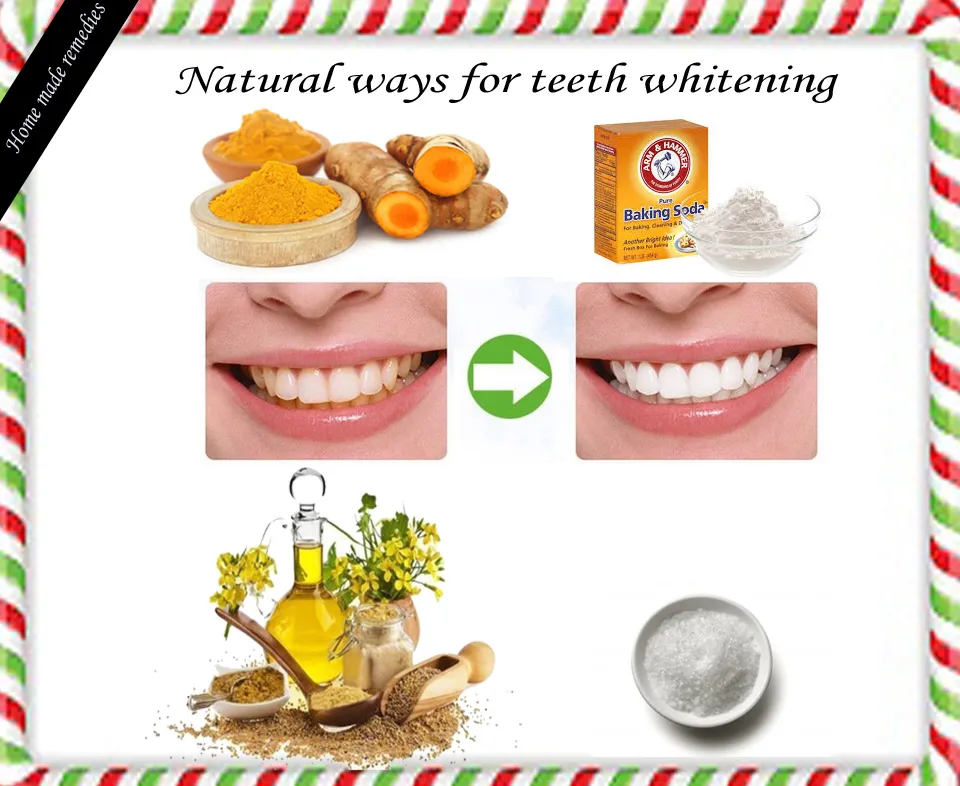
If you choose to use lemon juice and baking soda, it is essential to do so safely. Mix a small amount of lemon juice with baking soda to form a paste. Apply this paste to your teeth for no more than a minute, and then rinse thoroughly with water. This helps to minimize the enamel’s exposure to the acid. Never brush your teeth with this mixture for an extended period. A diluted solution is always better than a concentrated one, as this reduces the risk of damage. Some suggest using the mixture once a week, but even that can be too frequent for some. Careful monitoring of the teeth for any signs of sensitivity or erosion is crucial. If you notice any damage, discontinue use and speak to your dentist.
Risks of Lemon Juice on Teeth
The primary risk associated with lemon juice and baking soda is enamel erosion. When the enamel erodes, the underlying dentin is exposed. This can lead to increased sensitivity to hot and cold temperatures. Continued erosion can cause cavities and other dental problems. Another risk is the potential for gum irritation. The acidity of lemon juice can irritate the gums, leading to inflammation. Additionally, lemon juice can make your teeth more susceptible to staining. It’s crucial to weigh these risks carefully and consult with your dentist before using this method. They can assess your current dental health and advise you on the safest approach to whitening your teeth.
Apple Cider Vinegar Rinse
Apple cider vinegar (ACV) is sometimes used as a home remedy for teeth whitening. It contains acetic acid, which can help remove stains and kill bacteria in the mouth. However, the use of ACV for teeth whitening is controversial. Like lemon juice, ACV is acidic. This can erode the enamel and cause more harm than good if used incorrectly. While some people claim it helps to whiten their teeth, the risks often outweigh the benefits. It is essential to approach this method with caution, and to carefully consider its potential effects on your teeth. If you decide to try using apple cider vinegar, be sure to use it carefully and to limit its frequency of use.
How to Rinse with Apple Cider Vinegar
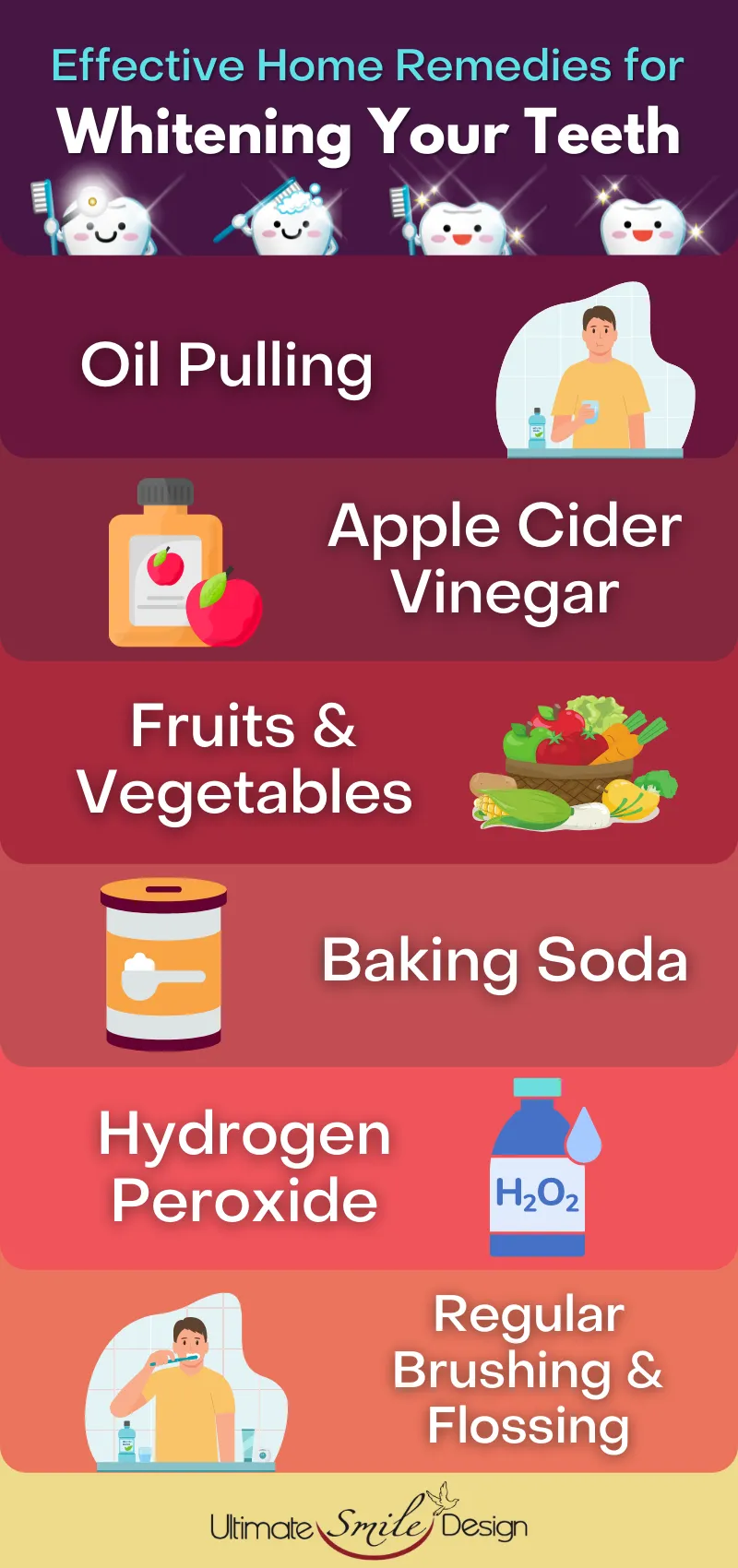
If you choose to rinse with apple cider vinegar, dilute it with water before use. Mix one to two teaspoons of ACV with a cup of water. Swish the mixture around in your mouth for about 30 seconds. Then, rinse your mouth thoroughly with water. Never use undiluted ACV, as this can be extremely damaging to your enamel. Use this rinse no more than once or twice a week. It is best to incorporate this rinse into your oral hygiene routine. Always brush your teeth afterward with fluoride toothpaste to help strengthen your enamel. Observe your teeth for any signs of damage or sensitivity, and discontinue use if you experience any adverse effects.
Important Considerations
Before using apple cider vinegar for teeth whitening, consider the potential risks. The acidic nature of ACV can erode your tooth enamel over time, increasing your teeth’s sensitivity and making them more susceptible to cavities. Always dilute the ACV with water to minimize the potential damage. Consult your dentist to make sure this is a suitable method for you. You should discuss any concerns before starting. If you notice any signs of enamel erosion or increased sensitivity, stop using the rinse immediately. Proper oral hygiene is essential for maintaining dental health. Always brush and floss daily, and attend regular dental check-ups.
Maintaining Whitened Teeth
Dietary Changes for a Brighter Smile
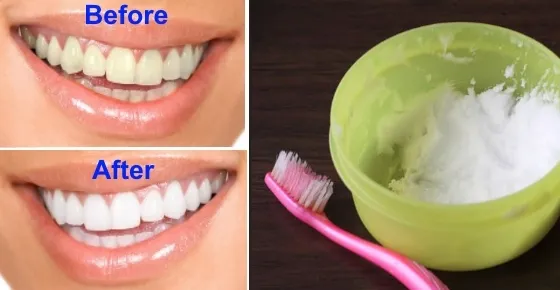
After whitening your teeth, making dietary changes is essential to maintaining your results. Certain foods and drinks are notorious for staining teeth. Limiting your intake of these can help you keep your smile bright for a longer period. Foods and drinks to avoid or limit include coffee, tea, red wine, dark sodas, and highly pigmented fruits and vegetables. If you consume these items, consider rinsing your mouth with water immediately afterward. Drinking through a straw can also help to minimize direct contact with your teeth. Opt for a diet rich in fruits, vegetables, and calcium-rich foods. This will support your overall oral health.
Oral Hygiene Routine
Maintaining a consistent oral hygiene routine is crucial for preserving your whitened teeth. Brush your teeth at least twice a day for two minutes each time. Use a fluoride toothpaste to strengthen your enamel and protect against cavities. Floss daily to remove plaque and food particles from between your teeth, where a toothbrush cannot reach. Consider using an antimicrobial mouthwash to further reduce bacteria in your mouth. In addition, make sure to replace your toothbrush every three months, or sooner if the bristles become frayed. Regular cleaning is essential for removing surface stains. Following a rigorous routine will help you maintain a bright and healthy smile.
Regular Dental Check-ups
Regular dental check-ups and professional cleanings are essential for maintaining the results of your teeth whitening efforts. A dentist can identify and address any underlying dental issues. They can also provide professional teeth cleaning, which helps remove plaque and tartar, which can lead to staining. Your dentist can also offer advice tailored to your oral health. This may involve recommendations on the best oral hygiene practices and products for your specific needs. Visiting your dentist every six months will help you ensure your teeth stay healthy, and your smile stays bright. Professional care is the best way to safeguard the investment you have made in your smile.
